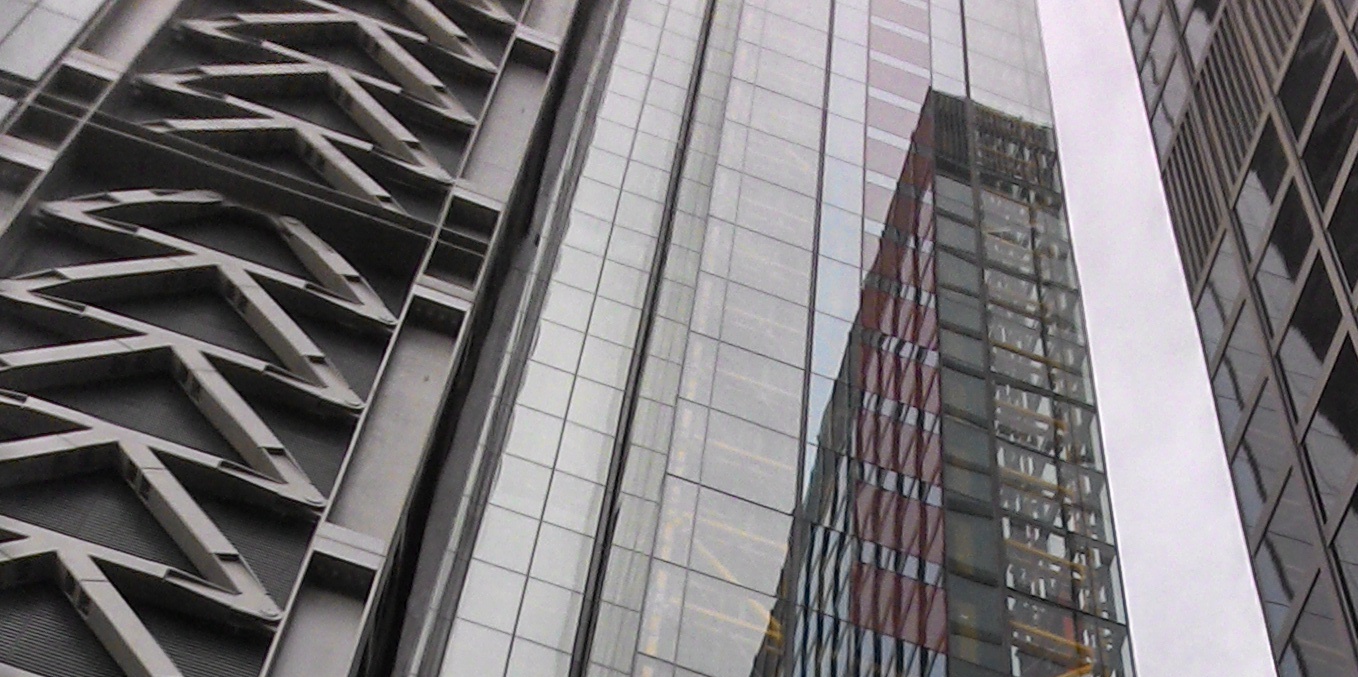Hydrogen embrittlement
Hydrogen embrittlement occurs as a result of exposure to hydrogen, for example, in the manufacture or processing of high-strength steels and titanium and aluminium alloys. It reduces the ductility and load-bearing capacity of affected materials, which can cause cracking or failure at below normal yield stresses.
Hydrogen embrittlement takes place when recently-produced, nascent hydrogen atoms diffuse into the metal. When load is applied, the hydrogen atoms migrate towards areas of high stress, and the resulting pressure causes sub-microscopic cracking. These cracks themselves become areas of high stress, and so the process continues and the cracks spread through the material, which can ultimately result in failure.
In November 2014, two large bolts fractured at the 47-storey, 737ft Leadenhall Building, popularly known as ‘The Cheesegrater’ because of its distinctive slanting profile, created to respect a protected sight line of St Paul’s Cathedral. A small part of one of the bolts fell from the fifth floor to the ground, but the area was not publicly accessible due to ongoing construction works and nobody was injured.
A third bolt then fractured but was captured by tethering which had been installed following the first two failures.
Investigations undertaken by contractor Laing O’Rourke and structural engineers Arup confirmed that the problem was limited to certain bolts. Tests concluded that the bolts had failed due to hydrogen embrittlement. Arup also confirmed that there was no adverse effect on the structural integrity of the building. However, a programme was undertaken to replace a number of bolts a precautionary measure.
In April 2019, Structural steelwork contractor Severfield released a trading update announcing that it had reached a final settlement with developer Leadenhall following “extensive negotiations”. Ref http://www.constructionmanagermagazine.com/news/severfield-settles-over-cheesegrater-bolts/
[edit] Related articles on Designing Buildings Wiki
- Brittle fracture.
- Corrosion.
- Degradation of construction materials.
- Failure of cast iron beams.
- Failure of metals.
- Graphitisation.
- Leadenhall building.
- Rust.
- Spalling.
[edit] External references
- Global Construction Review. Fear of failure: Why bolts on London’s Cheesegrater tower began to break. 16 January 2015.
Featured articles and news
Grenfell Tower fire – eight years on
A time to pause and reflect as Dubai tower block fire reported just before anniversary.
Airtightness Topic Guide BSRIA TG 27/2025
Explaining the basics of airtightness, what it is, why it's important, when it's required and how it's carried out.
Construction contract awards hit lowest point of 2025
Plummeting for second consecutive month, intensifying concerns for housing and infrastructure goals.
Understanding Mental Health in the Built Environment 2025
Examining the state of mental health in construction, shedding light on levels of stress, anxiety and depression.
The benefits of engaging with insulation manufacturers
When considering ground floor constructions.
Lighting Industry endorses Blueprint for Electrification
The Lighting Industry Association fully supports the ECA Blueprint as a timely, urgent call to action.
BSRIA Sentinel Clerk of Works Training Case Study
Strengthening expertise to enhance service delivery with integrated cutting-edge industry knowledge.
Impact report from the Supply Chain Sustainability School
Free sustainability skills, training and support delivered to thousands of UK companies to help cut carbon.
The Building Safety Forum at the Installershow 2025
With speakers confirmed for 24 June as part of Building Safety Week.
The UK’s largest air pollution campaign.
Future Homes Standard, now includes solar, but what else?
Will the new standard, due to in the Autumn, go far enough in terms of performance ?
BSRIA Briefing: Cleaner Air, Better tomorrow
A look back at issues relating to inside and outside air quality, discussed during the BSRIA briefing in 2023.
Restoring Abbotsford's hothouse
Bringing the writer Walter Scott's garden to life.
Reflections on the spending review with CIAT.
Retired firefighter cycles world to raise Grenfell funds
Leaving on 14 June 2025 Stephen will raise money for youth and schools through the Grenfell Foundation.
Key points for construction at a glance with industry reactions.
Functionality, visibility and sustainability
The simpler approach to specification.























